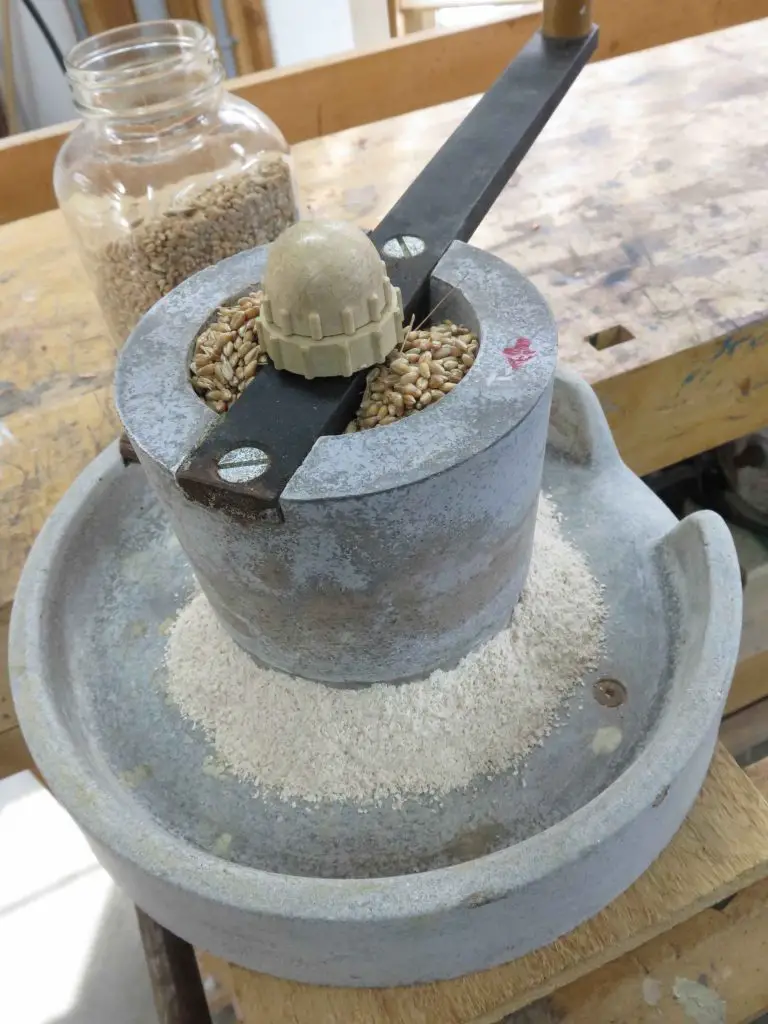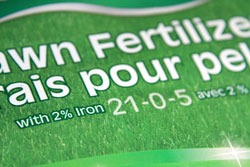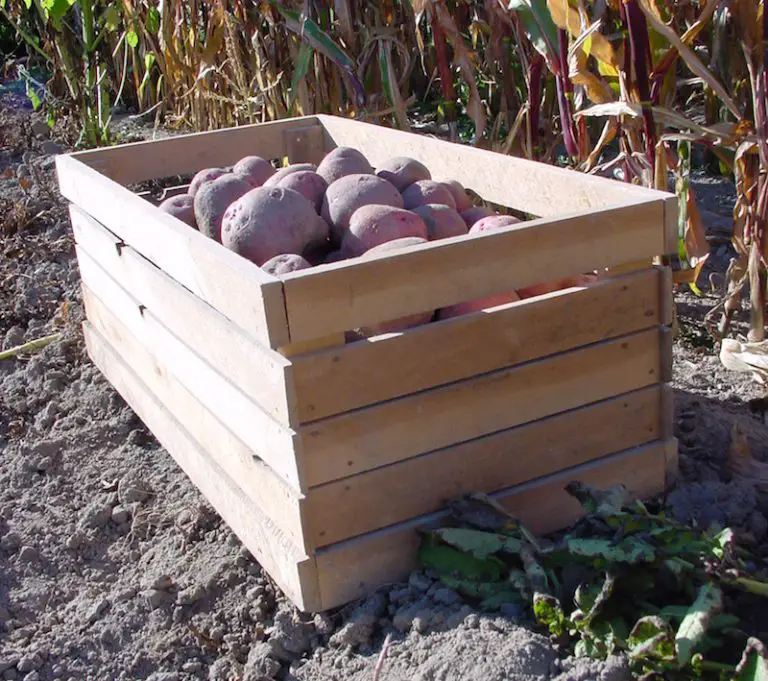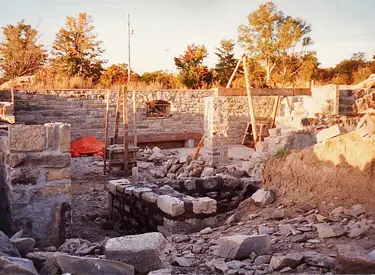Of my five children, Jacob is the one who showed the greatest interest in agriculture. He’s in vet school now, but he happily took exclusive care of our flock of laying hens when he was here. When he’s visiting back home Jake also enjoys spending time with the herd of beef cattle pasturing at our place, and has always been quick to help in the garden. One spring, when he was about 10, he started asking about grain: Where does it come from? What kind of plant does it grow on? What does grain look like? What better way to answer all these questions than to grow a little wheat the old fashioned way, harvesting it by hand. Here’s how we did it.

After tilling about 600 sq. ft. of our garden, I handed Jake a bag of hard red spring wheat seed and showed him how to use our hand-crank seeder. He broadcast the seed, when raked soil over them, and it didn’t take long for the patch to turn green. “Wheat sure grows strong, doesn’t it Dad!” That’s certainly true. Wheat is a very vigorous plant. The only thing more thrilling than seeing the vigor of young grain growing is to see a young person experience that thrill for the first time.
As the patch came into head, Jacob learned that young grain makes a delicious snack. Pick it, roll off the chaff, blow it away and eat. He couldn’t get enough of it.
After a lot of chomping at the bit, I finally let Jake into the patch to cut the grain on September 1st. We sharpened up an old sickle that’s been in my family for about 100 years, and the cutting proved hard work for Jake. Hard, hot work. I count that as a good thing, since so many of us forget how hard-won food is when you’re not relying on fossil fuel and big equipment to make food happen.
After cutting, we put the stalks on a tarp, then walked all over it to thresh out the grain. We also made an old-time flail with two pieces of 1” dowel and rope. Hitting the pile of stalks as a final step knocked the last of the grain out and on to the tarps, leaving the straw to be forked off and used as chicken bedding.
All that remained was to wait for the right kind of windy day, then pour the grain that was full of chaff and beards from one container to another, letting the wind separate the good stuff from the bad. After that, we ran the grain through our hand-operated wheat mill and baked some bread. That’s our wheat mill below.

Was all this a lot of work? Yes, and not just for Jake. In the same way he invested time and care to make his wheat crop happen, it also takes time and care to nurture that special interest in agriculture that some kids are born with. This kind of nurturing hardly ever happens any more, and that’s too bad. Every so often I see a young person with the unmistakable signs of a heart for agriculture. Too often phones, video games and too much time spent doing regular kids’ “activities” usually gets in the way, and the ember of interest in agriculture dies. Perhaps the story of Jacob’s wheat will change that a little bit for someone, somewhere. Even if a young person might never pursue agriculture, doesn’t it make sense that they know something about how food happens?
 I hope you enjoyed learning a bit about wheat. Please consider helping me cover the cost of creating and publishing content like this. Click the “buy me a coffee” button and it’ll take you to a safe, fast and simple way to make a contribution. Thank you very much.
I hope you enjoyed learning a bit about wheat. Please consider helping me cover the cost of creating and publishing content like this. Click the “buy me a coffee” button and it’ll take you to a safe, fast and simple way to make a contribution. Thank you very much.












